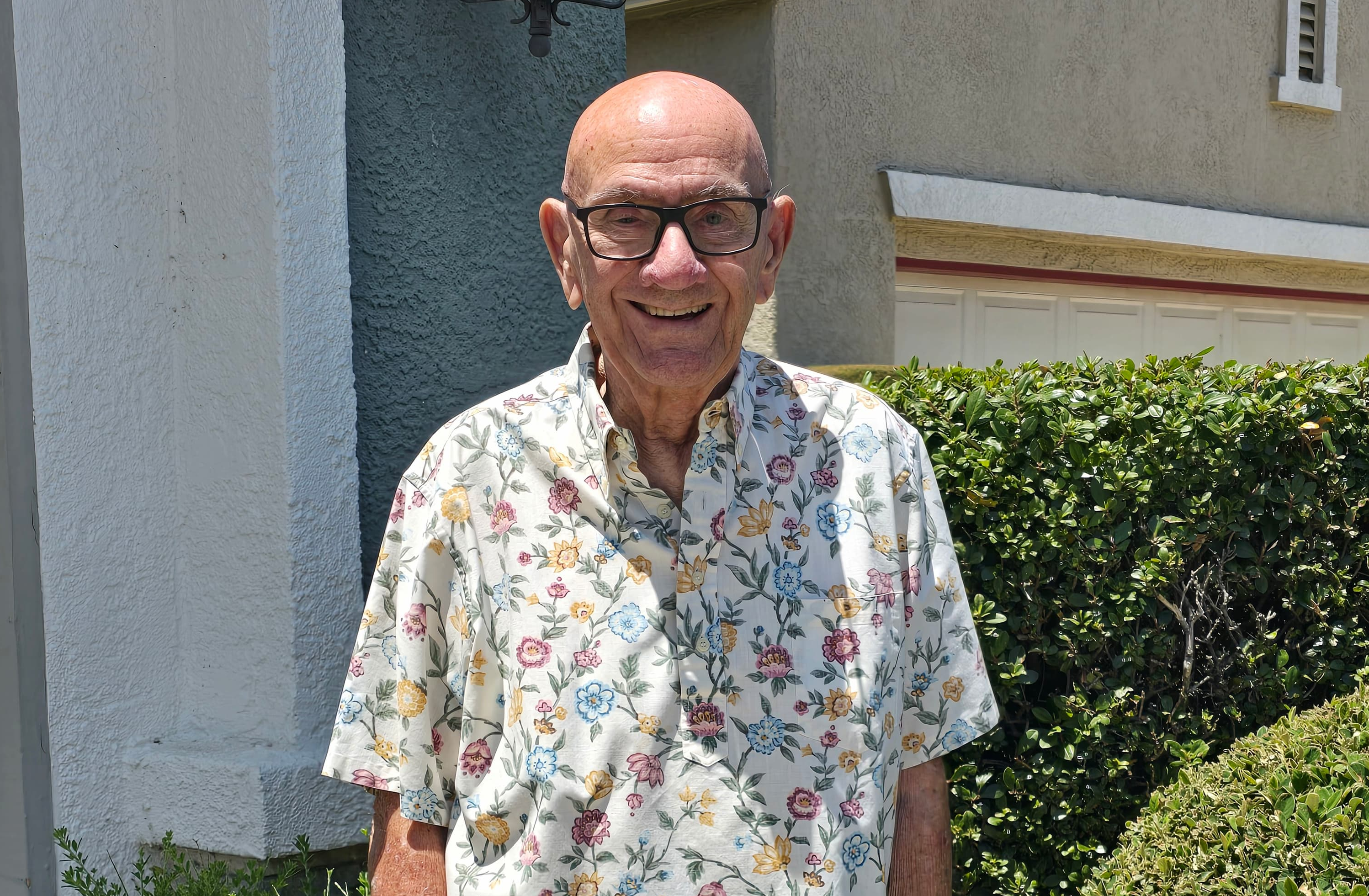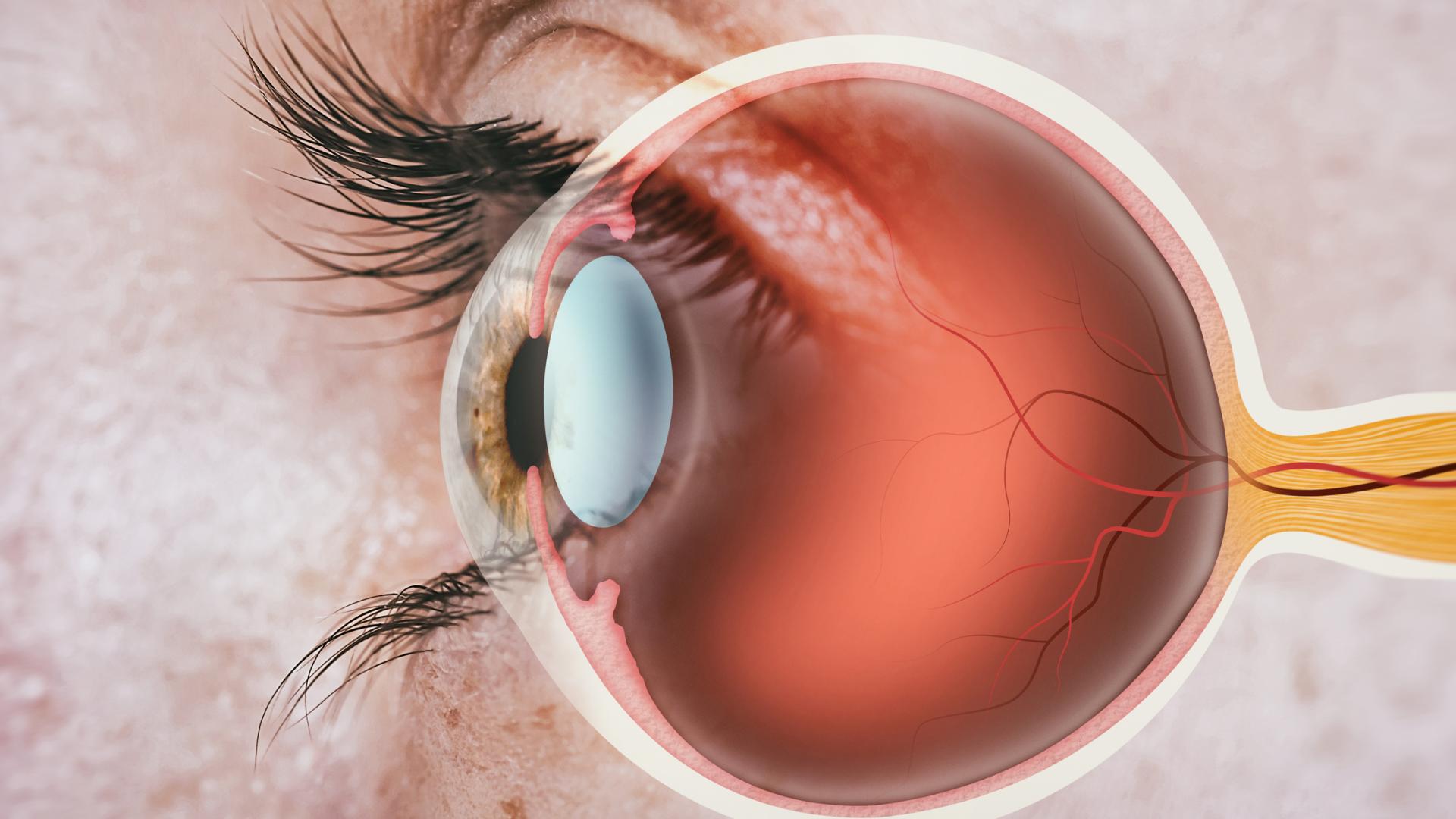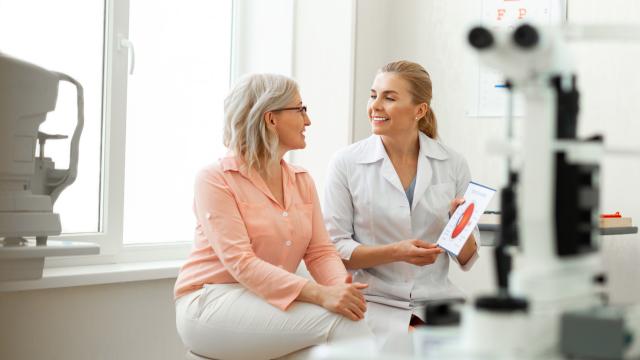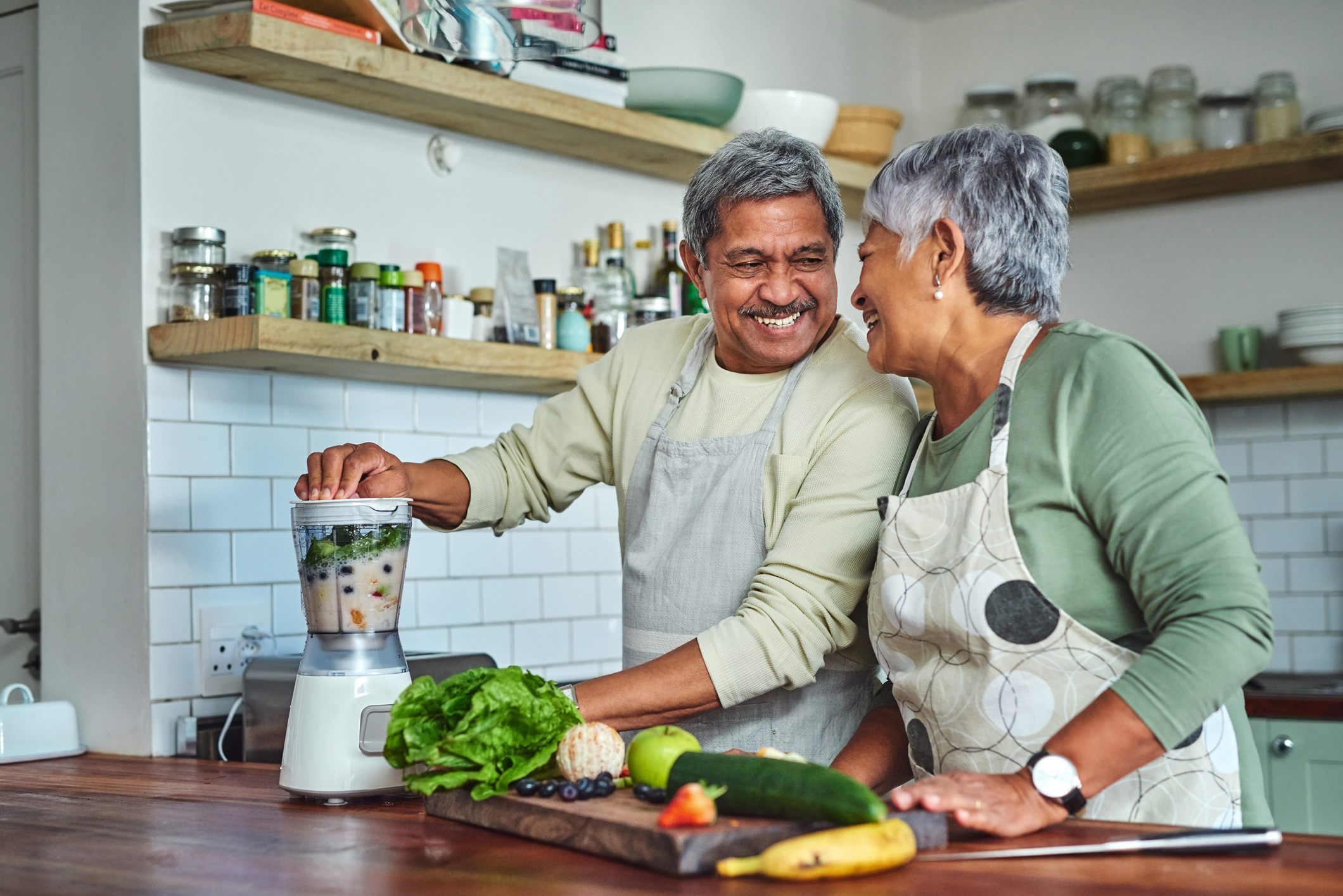People with glaucoma can make adjustments to keep living independently, carrying out their daily activities, and taking pleasure in their hobbies.
Ask friends, family, and volunteer groups for help in implementing adaptations that reflect your needs, help you function better in your home, and increase your enjoyment of life.
Home Safety for People with Glaucoma
In your home, the general guidelines include:
- Increase lighting for tasks
- Control glare
- Use magnification
- Increase contrast
The following suggestions can make the home safer and more easier to function in:
Adequate Lighting
- Use overhead lights (determine which type of bulbs are best).
- Use task lights to direct light where it is needed.
- Install under-cabinet lighting and extra lighting in hallways and on stairs.
- Use dimmer switches to control the amount of light in rooms.
- Use night-lights.
- Control glare by using blinds and curtains in windows when necessary.
Stair Safety
- Be especially careful on stairs.
- Make sure there is plenty of light, especially on the top and bottom steps (or paint them in contrasting colors).
- Install handrails on both sides
- Consider marking the edges of steps with bright tape.
Safety in the Bathroom
- Install grab bars in the bathtub or shower.
- Put contrasting tape around the edge of the tub
- Use non-skid, brightly colored mats.
- Always turn off hot water first.
- Use a contrasting colored toilet seat.
- Use contrasting colored towels and a bright rubber bathmat inside the tub.
Functional Spaces
- Consider either removing doors and replacing them with bright curtains or painting them contrasting colors
- Use magnetic door stops.
- Ensure that thresholds are flush with the floor.
- Use brightly colored tape to mark light switches, electrical outlets, thermostats, and other fixtures.
- Ensure that area rugs are skid-proof and properly tacked down.
- Use area rugs with colors that contrast with the floor to better see them.
- Replace worn or broken tiles and worn carpeting.
- Arrange furniture so that it does not impede movement, especially in hallways.
Living with Glaucoma: Suggestions for Daily Activities
The following suggestions can ease daily tasks:
- Use optical devices such as magnifiers, telescopes, and closed-circuit TVs. A vision rehabilitation specialist can determine which are best for each individual.
- Glaucoma can make it difficult to see road signs, traffic, and people walking, and may affect your ability to drive safely. Learn more about safe driving and when it may be time for you to stop driving.
- If glare is a problem, consider wearing sunglasses with amber or yellow lenses to help control it, even inside the home.
- Label medications with large print stickers or use special magnifiers for bottles. Keep medications organized.
- For the computer, use a large type keyboard, larger monitors, and screen magnifiers. Consider audio aids such as screen-reading software. Many websites have adjustable print size and contrast options.
- Use large text when reading, doing puzzles, playing cards, and the like. Listen to audio tapes and books on CD.
- Sit closer to the TV. Ensure that lighting is optimal and glare is controlled.
- Use the array of available household items designed for those with low vision:
- Clocks, watches, and telephones with large letters
- Talking scales and tape measures
- Special safety-cutting devices
- Large print labels for medications, grocery items, etc.
- Organize household items in the kitchen, bedroom, and bathroom by always putting them in the same place, especially frequently used items such as keys, shoes, coats, glasses, pots, and pans. Develop a system for grouping clothes and arranging food.
- Use large stickers on the thermostat, stove, and other appliances; mark key positions with raised labels (nail polish or spots of glue work).
About BrightFocus Foundation
BrightFocus Foundation is a premier global nonprofit funder of research to defeat Alzheimer’s, macular degeneration, and glaucoma. Since its inception more than 50 years ago, BrightFocus and its flagship research programs—Alzheimer’s Disease Research, Macular Degeneration Research, and National Glaucoma Research—has awarded more than $300 million in research grants to scientists around the world, catalyzing thousands of scientific breakthroughs, life-enhancing treatments, and diagnostic tools. We also share the latest research findings, expert information, and resources to empower the millions impacted by these devastating diseases. Learn more at brightfocus.org.
Disclaimer: The information provided here is a public service of BrightFocus Foundation and is not intended to constitute medical advice. Please consult your physician for personalized medical, dietary, and/or exercise advice. Any medications or supplements should only be taken under medical supervision. BrightFocus Foundation does not endorse any medical products or therapies.
- Lifestyle









